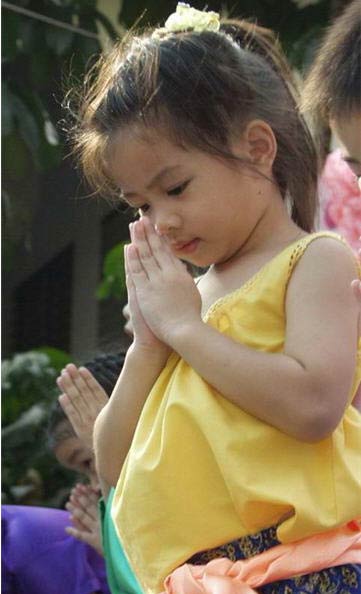One of Thai linguistic features is that a word can have multiple meanings or grammatical functions.
"ไป" / bpai /
Meanings related to direction
= 1. (V.) 'to go' (main meaning)
Ex 1. เขา ไป กรุงเทพ เมื่อวาน
/kao pai grung-tep mue-wan/
He went to Bangkok yesterday.
VOCAB:
เขา Kao = She/He
ไป Pai = to go
กรุงเทพ Grung-tep = Bangkok
เมื่อวาน Mue-wan = yesterday
= 2. (aux.) indicate the direction further away from the speaker
Ex 2. ฉัน ส่ง หนังสือ ไป ทาง ไปรษณีย์
/chan song nang-sue pai tang pai-sa-nii /
I sent the book by post.
In Ex.2, 'PAI' modifies the main verb 'SONG' (= to send) by indicating the direction that moved further away from the speaker.
VOCAB:
ฉัน Chan = I
ส่ง Song = to send
หนังสือ Nang-sue = book
ไป Pai = further away
ทาง Tang = way / by / via
ไปรษณีย์ Prai-sa-nii = post/ post office



























